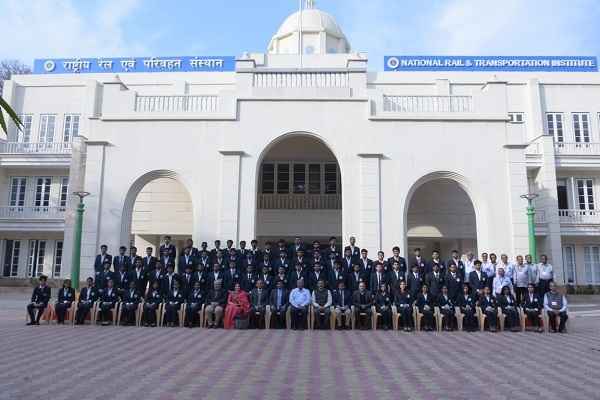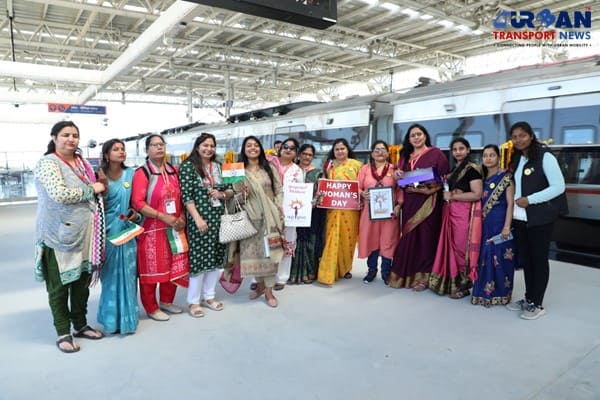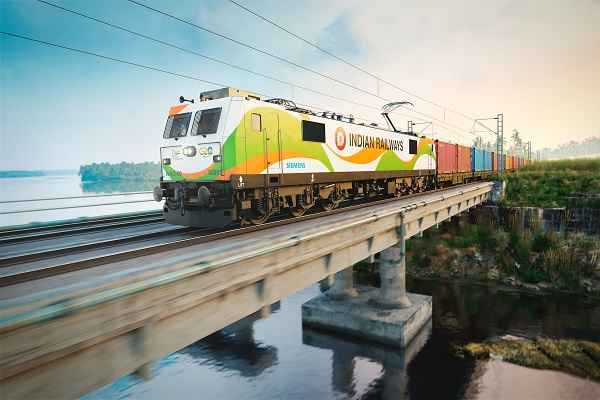 171 Years of Indian Railways: A History of Innovation and Progress
171 Years of Indian Railways: A History of Innovation and Progress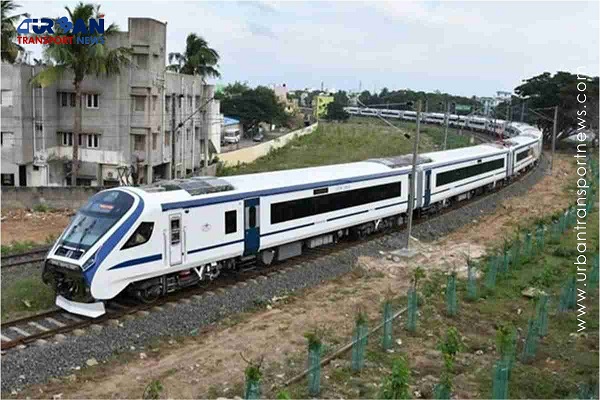 Vande Bharat Express trains carries over two crore passengers since their inception
Vande Bharat Express trains carries over two crore passengers since their inception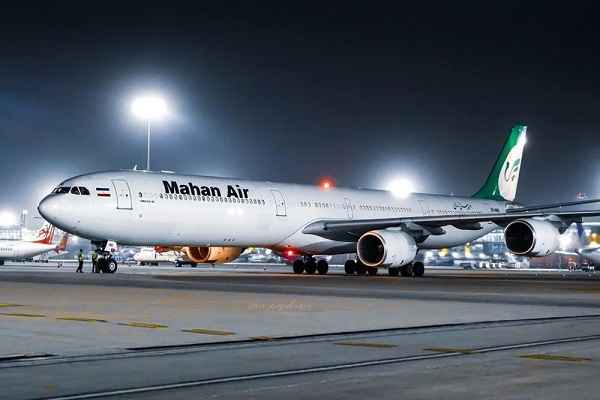 BPCL partners with Noida International Airport to construct ATF Pipeline
BPCL partners with Noida International Airport to construct ATF Pipeline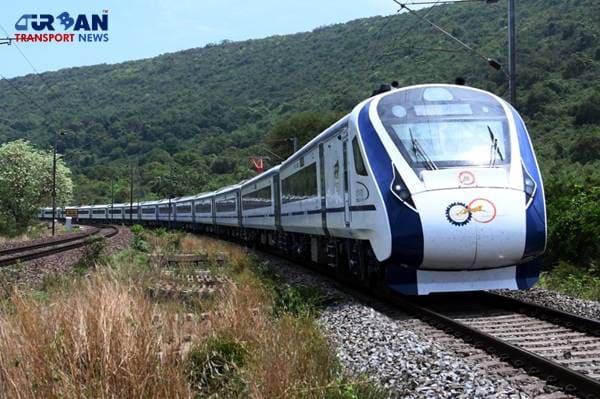 What are the Railway Development Plans in BJP's Manifesto for 2024-2029?
What are the Railway Development Plans in BJP's Manifesto for 2024-2029?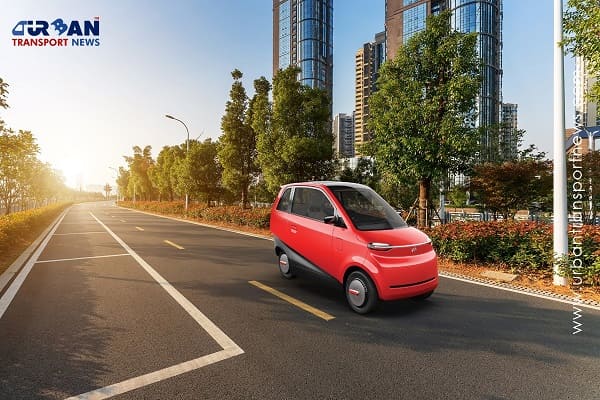 Latest innovations shaping the urban mobility sector across the globe
Latest innovations shaping the urban mobility sector across the globe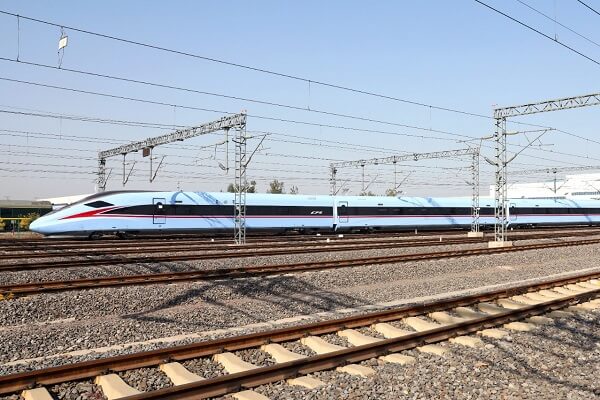 California issues RfP for procurement of High Speed Bullet Trains
California issues RfP for procurement of High Speed Bullet Trains ONCF floated global construction tenders for Kénitra - Marrakech High Speed Rail
ONCF floated global construction tenders for Kénitra - Marrakech High Speed Rail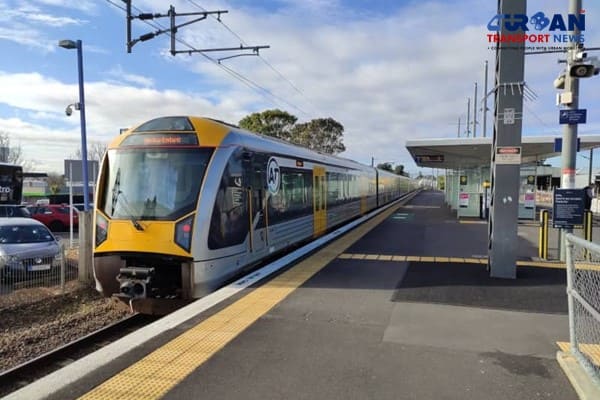 Six firms bags £4 Billion Train Control Systems contract from Network Rail
Six firms bags £4 Billion Train Control Systems contract from Network Rail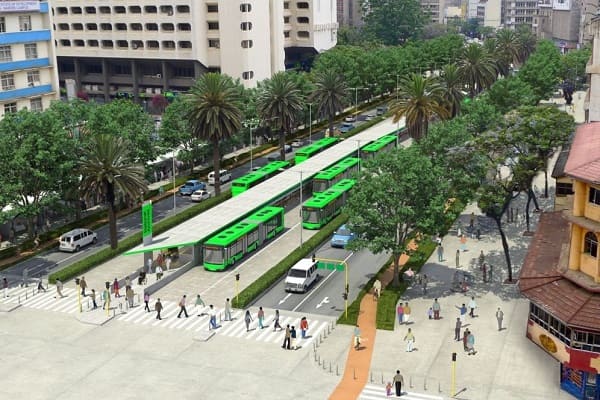 Electrifying Change: India's Path to Sustainable Urban Mobility
Electrifying Change: India's Path to Sustainable Urban Mobility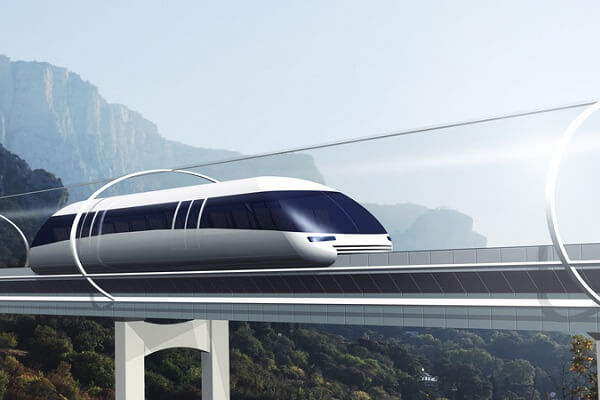 China's T-Flight Hyperloop Train Sets New Speed Record, Tested at 623 kph
China's T-Flight Hyperloop Train Sets New Speed Record, Tested at 623 kph
Key aspects and various modes of urban transport in cities
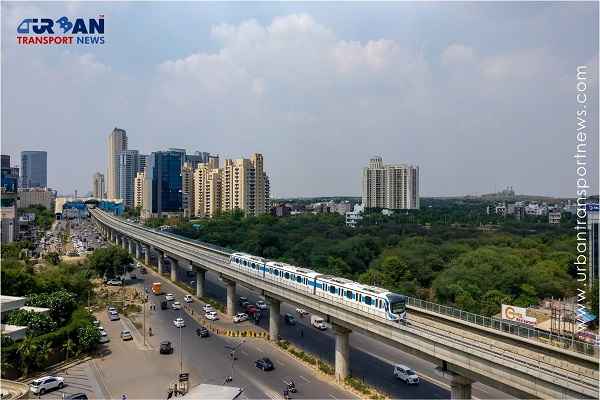
Urban transport refers to the movement of people and goods within urban areas, typically within cities or densely populated regions. It plays a crucial role in ensuring the mobility of individuals, facilitating economic activities, and shaping the overall development of urban environments. Various modes of transportation are involved in urban transport, including public transport systems, private vehicles, cycling infrastructure, and pedestrian networks.
Here are some key aspects and modes of urban transport:
1. Public Transportation: Public transport systems are essential for efficient urban mobility. They typically include buses, trains, trams, subways, light rail, and ferries. These systems are designed to provide affordable, convenient, and sustainable transportation options for a large number of people. Public transportation helps reduce congestion, decrease pollution levels, and improve accessibility within cities.
2. Private Vehicles: Private vehicles, such as cars, motorcycles, and bicycles, are commonly used for urban transportation. While private cars offer flexibility and convenience, they contribute to traffic congestion and environmental issues. Encouraging the use of alternative modes, such as carpooling, electric vehicles, or cycling, can help mitigate these challenges.
3. Cycling Infrastructure: Creating dedicated cycling lanes, bike-sharing programs, and promoting cycling as a means of transport can help reduce traffic congestion, promote physical activity, and improve air quality in urban areas. Many cities are investing in cycling infrastructure to make it safer and more accessible for cyclists.
4. Pedestrian Networks: Enhancing pedestrian infrastructure is crucial for promoting walkability and creating vibrant urban spaces. Wider sidewalks, pedestrian-friendly crossings, and the development of pedestrian-only zones contribute to improved safety, accessibility, and quality of life in urban areas.
5. Integrated Transport Systems: Implementing integrated transport systems aims to improve the coordination and connectivity between various modes of transport. This can involve creating seamless connections between different types of public transport, integrating fare systems, and providing real-time information to passengers to enhance their overall travel experience.
6. Smart Transportation Solutions: The use of technology and data in urban transport is becoming increasingly prevalent. Intelligent transportation systems, such as real-time traffic monitoring, smart parking systems, and ride-sharing platforms, help optimize the use of existing infrastructure and improve the overall efficiency of urban transport networks.
7. Sustainable Transport Initiatives: Many cities are adopting sustainable transport initiatives to reduce the environmental impact of urban transportation. This includes promoting the use of electric vehicles, investing in renewable energy sources for public transport, implementing low-emission zones, and encouraging the shift towards walking, cycling, and public transport.
Efficient and sustainable urban transport is vital for addressing congestion, reducing pollution, and improving the livability of cities. It requires a holistic approach, combining multiple modes of transport, infrastructure development, policy interventions, and community engagement to create a well-connected and environmentally friendly urban transport system.





